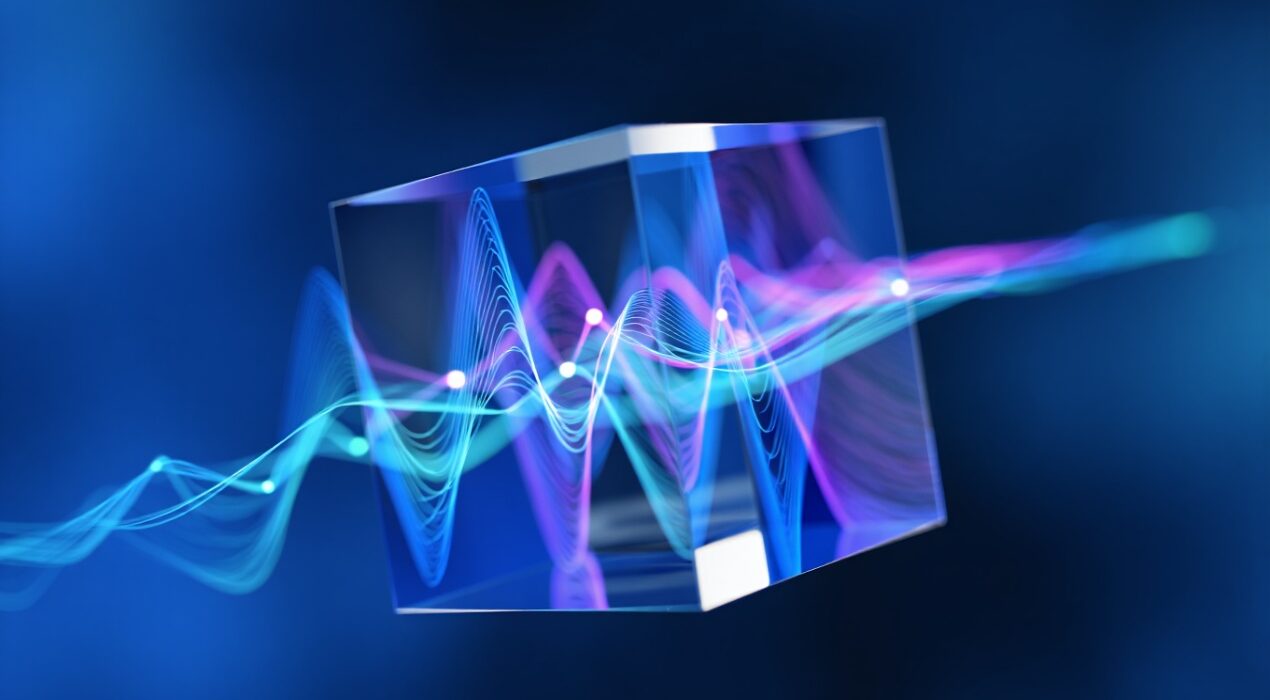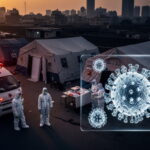A breakthrough study from the U.S. Department of Energy’s Ames National Laboratory and Iowa State University has revealed an unexpected “quantum echo” in superconductors, offering new possibilities for quantum sensing and computing.
Superconductors, which conduct electricity with zero resistance, host unique vibrations known as Higgs modes. These quantum oscillations resemble the behavior of Higgs bosons and typically appear during superconducting phase transitions. However, their fleeting nature and complex interactions with quasiparticles—electron-like excitations that form when superconductivity weakens—have made them extremely difficult to detect.
Using cutting-edge terahertz (THz) spectroscopy, researchers uncovered a phenomenon they call the “Higgs echo.” This effect, observed in superconducting niobium commonly used in quantum circuits, arises from the interplay between Higgs modes and quasiparticles. Unlike ordinary echoes seen in semiconductors or atomic systems, the Higgs echo produces distinctive quantum signals.
“Unlike conventional echoes observed in atoms or semiconductors, the Higgs echo arises from a complex interaction between the Higgs modes and quasiparticles, leading to unusual signals with distinct characteristics,” explained Jigang Wang, lead scientist of the project.
The team demonstrated that with precisely timed THz radiation pulses, these echoes could be manipulated to encode, store, and retrieve quantum information, effectively acting as hidden memory pathways within superconducting materials. This ability to control quantum coherence could mark a significant leap toward advanced quantum technologies.
“Understanding and controlling these unique quantum echoes brings us a step closer to practical quantum computing and advanced quantum sensing technologies,” Wang added.
Supported in part by the Superconducting Quantum Materials and Systems Center (SQMS), the study highlights a novel approach to information storage in quantum materials—opening doors to next-generation computing architectures.
Scientists Detect Hidden “Quantum Echo” That Could Revolutionize Superconducting Tech






